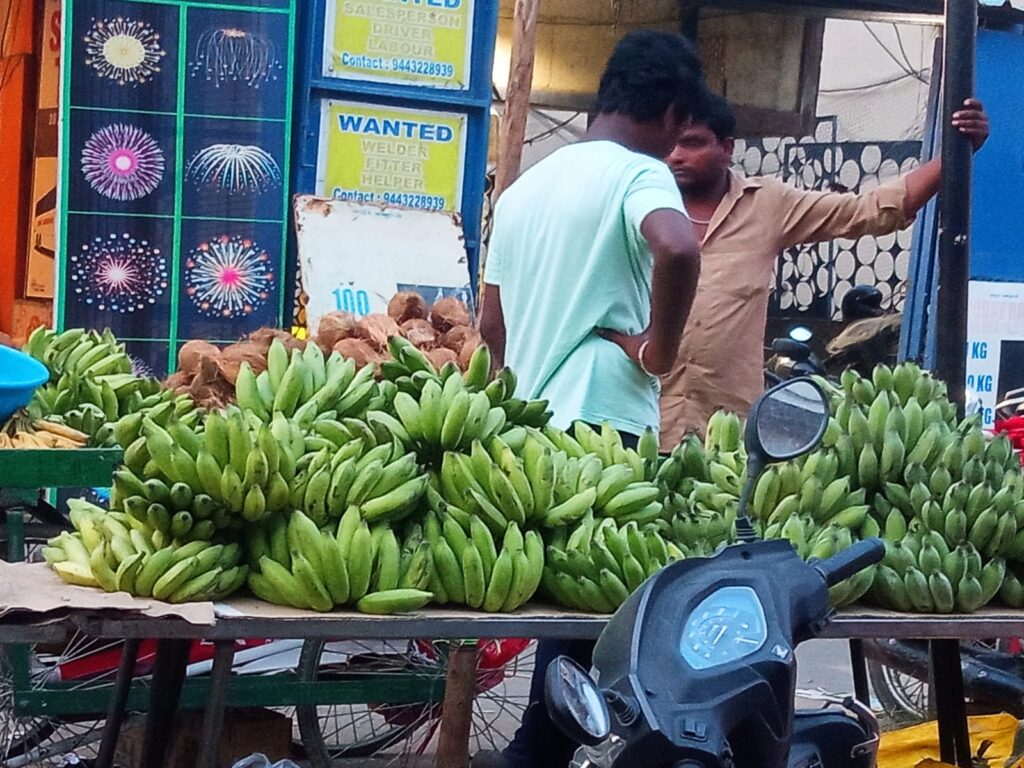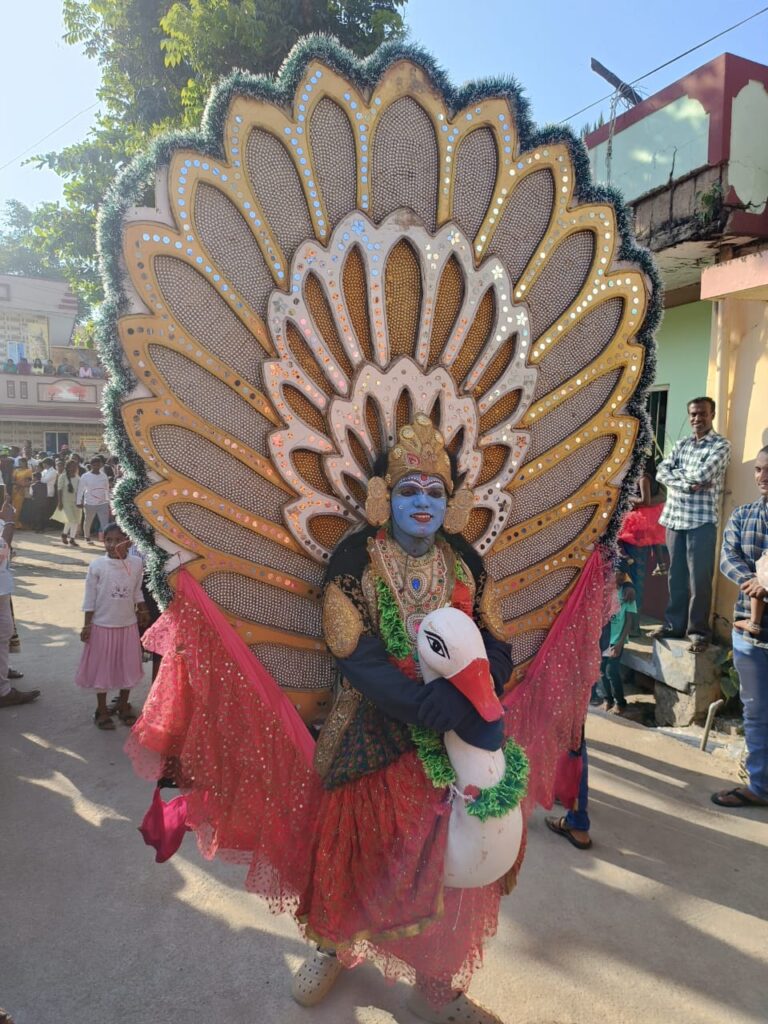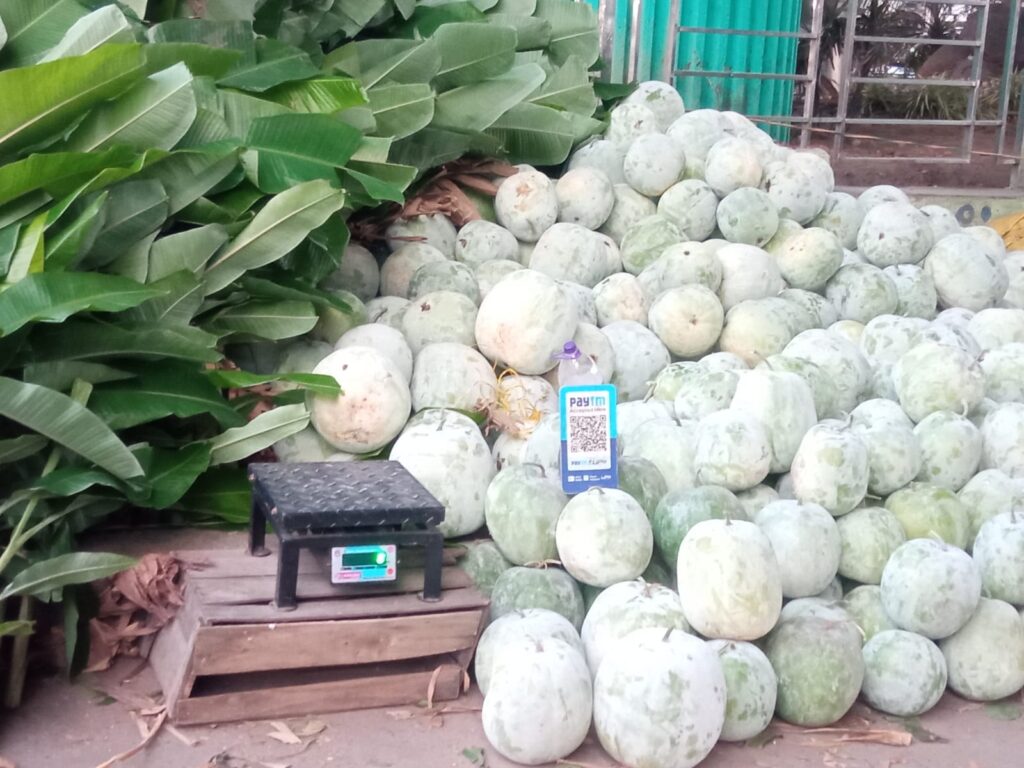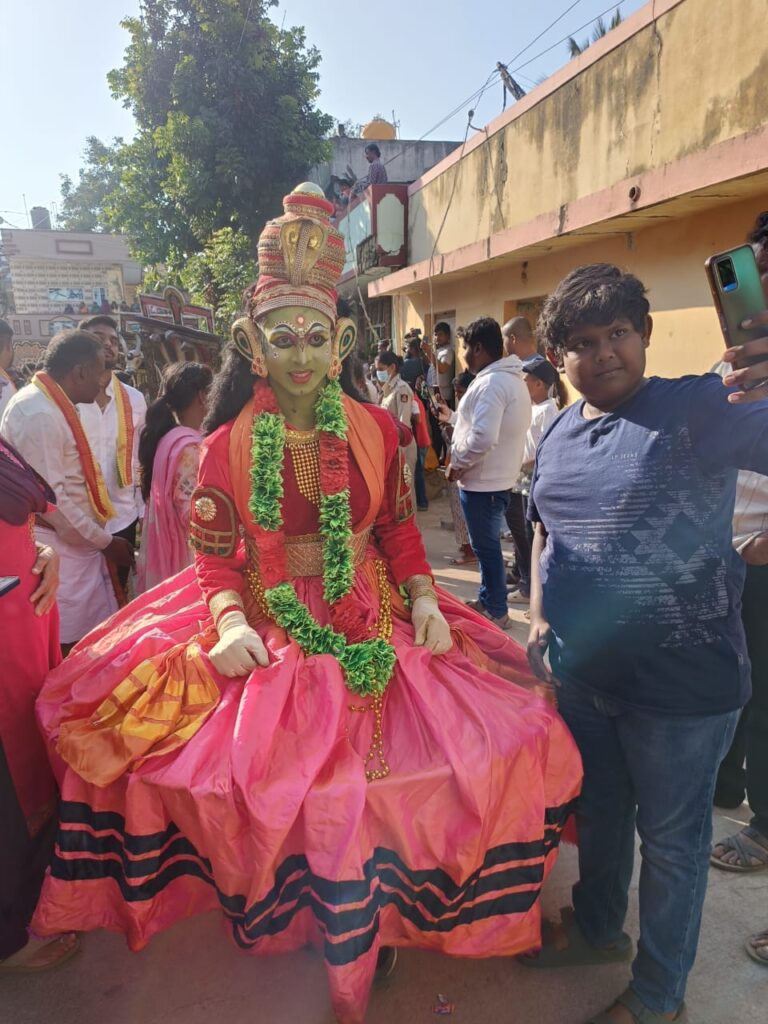Dasara, also known as Dussehra, is a major Hindu festival celebrated in India. It marks the victory of good over evil and is observed with great enthusiasm and fervours across the country. The festival typically falls in the month of September or October, depending on the Hindu calendar.
Dasara is celebrated for ten days, with the final day being the most significant. The festival commemorates the triumph of Lord Rama over the demon king Ravana, as depicted in the Hindu epic, Ramayana. It symbolizes the victory of righteousness and the eradication of evil forces.
During the ten-day period, various rituals, cultural events, and performances take place. One of the highlights of Dasara is the grand procession known as “Mysore Dasara,” which takes place in the city of Mysore in Karnataka. The procession features beautifully decorated elephants, traditional music and dance performances, and a display of the rich cultural heritage of the region.
Important aspect of Dasara is the worship of Goddess Durga, who is believed to have fought and defeated the buffalo demon Mahishasura. Devotees offer prayers and perform special rituals to seek the blessings of the goddess. In some parts of India, elaborate Pandals (temporary structures) are set up to house idols of Goddess Durga, and people visit these pandals to offer their prayers.
Religious and cultural celebrations, Dasara is also a time for social gatherings ,Families and friends come together to exchange gifts, share meals, and enjoy various traditional.
The festival holds different regional significance across India. In the state of West Bengal, it coincides with their biggest festival, Durga Puja, which is celebrated with great pomp and grandeur. In the state of Gujarat, people participate in vibrant dance forms like Garba and Dandiya Raas during Navratri, which leads up to the final day of Dasara.
Dasara is a joy and colorful festival that showcases the rich cultural diversity of India. It brings people together, a sense of unity, and serves as a reminder of the triumph of good over evil. Vijayadashami, also known as Dussehra, is a significant Hindu festival celebrated with great enthusiasm and fervour in India and other parts of the world. It marks the culmination of the ten-day long festival of Navaratri, dedicated to the worship of the divine feminine energy, Devi Durga.
Vijayadashami holds immense cultural and religious significance for Hindus. The word “Vijayadashami” is derived from two Sanskrit words: “Vijaya,” meaning victory, and “Dashami,” meaning the tenth day. It symbolizes the triumph of good over evil, righteousness over wickedness, and knowledge over ignorance.
Hindu mythology, Vijayadashami commemorates the day when Lord Rama, an incarnation of Lord Vishnu, defeated the demon king Ravana, who had abducted Rama’s wife, Sita. After a fierce battle that lasted for ten days, Lord Rama emerged victorious on the tenth day, signifying the victory of good over evil. This event is narrated in the epic Ramayana and is considered one of the most important episodes in Hindu mythology.
The festival is celebrated in various ways across different regions of India. In northern India, effigies of Ravana, his brother Kumbhakarna, and his son Meghanada are erected in open grounds. These effigies are filled with firecrackers and set ablaze, symbolizing the destruction of evil forces. People gather to witness these effigies burning and rejoice in the victory of Lord Rama.
India, especially in West Bengal, Vijayadashami coincides with the culmination of another important festival called Durga Puja. Huge idols of Goddess Durga slaying the buffalo demon Mahishasura are worshipped during these ten days. On Vijayadashami, these idols are immersed in rivers or other water bodies, bidding farewell to the goddess until the next year.
In southern India, Vijayadashami is celebrated as the day of “Ayudha Puja,” where people worship their tools, instruments, and vehicles. It is believed that Goddess Saraswati, the deity of knowledge, blesses these objects on this auspicious day. Schools and educational institutions organize special ceremonies to honour books and musical instruments, seeking the blessings of Goddess Saraswati for academic success.
Religious significance, Vijayadashami also holds social and cultural importance. It is a time when people come together, exchange greetings, and share joy with each other. The festival showcases India’s rich cultural heritage through various forms of music, dance, and drama performances. Traditional folk dances like Dandiya and Garba are performed by men and women, reflecting the vibrant spirit of the festival.
Vijayadashami is not just limited to Hindus; people from different religions and communities actively participate in the festivities. It promotes unity, brotherhood, and the spirit of inclusivity among all individuals.







